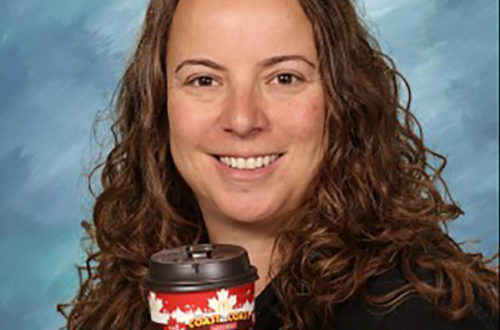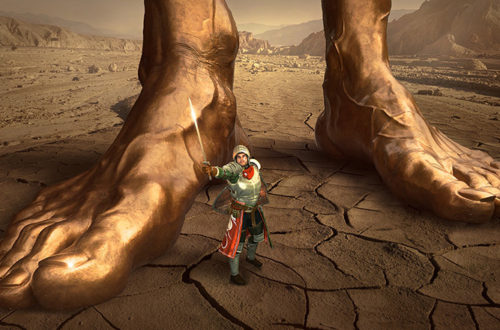Journal of the Mathematics Council of the Alberta Teachers’ Association
Volume 45 Issue 1, December 2007
During the summer, I had an opportunity to work with elementary teachers in Bhutan. Led by Marian Small, this project involved writing mathematics textbook materials for a new curriculum and providing professional development in the form of a writers’ workshop.
During a meeting with the secretary of education, one teacher shared the following:
I’ve heard of a species of vulture that has a lifespan of about 40 years. When these vultures get older, their upper beaks grow around their lower ones, fusing them together. The vultures then cannot eat, and they die of starvation. About 5 per cent of the elder vultures fly to the rock cliffs close to their nesting grounds. They proceed to smash their beaks on the rocks, effectively breaking them. This is a very painful process, but over time their beaks regenerate. Their lifespan is then extended by another 30 years. This is what this new curriculum seems like. We are painfully smashing old ideas about teaching and learning so that we can bring new life into Bhutan.
Throughout this fall, I have been reminded of how painful, yet exciting, new curriculum implementation can be. The articles in this issue of delta-K demonstrate the innovative ways teachers are changing mathematics learning for their students.
The issue opens with two opinion pieces. Indy Lagu presents reasons for rethinking how we use graphing calculators. Werner Liedtke challenges us to carefully consider the goals of the new Western and Northern Canadian Protocol (WNCP) document.
Helping students understand mathematical concepts remains a focus, and Laurent Theis leads us through his own research with Grade 1 students. Janelle McFeetors emphasizes the importance of metalearning and reminds us that mathematical conversations and listening can enhance mathematical learning. Sherry Talbot shows how teachers are making a difference in their students’ learning and presents an inventive measurement task.
Each year, University of Alberta professor Andy Liu is involved with the Alberta High School Mathematics Competition. Included here are lists of the 2006/07 winners, as well as the test questions and solutions. Congratulations to all teachers and students who took part! If you are interested in having your students participate in this competition, contact Andy at (780) 492-3527 or aliu@math.ualberta.ca.
The issue concludes with a page of mathematical problems by Craig Loewen. These problems are intended to provide rich experiences in mathematical learning for students at all grade levels.
To give voice to mathematics teachers in this province, I invite letters to the editor on the topic of the new curriculum. May we be inspired by the unconventional story of the vultures as we enter this new phase of mathematics education in Alberta.
Gladys Sterenberg
1
2
Gladys Sterenberg
3
Sharon Gach
4
5 – 6
The Right Angle: Report from Alberta Education
Kathy McCabe
7 – 8
One Way to Avoid Using a Graphing Calculator
Indy Lagu
9 – 12
Werner Liedtke
13 – 20
Helping Grade 1 Students Understand the Equals Sign: A Difficult but Not Impossible Task
Laurent Theis
21 – 26
Learning Mathematics: A Change in Focus
P Janelle McFeetors
27 – 29
Taking Measurement Mathematics to New Heights with Student-Made Clinometers
Sherry Talbot
30 – 39
Alberta Mathematics Competitions 2006/07
40
A Craig Loewen
41



